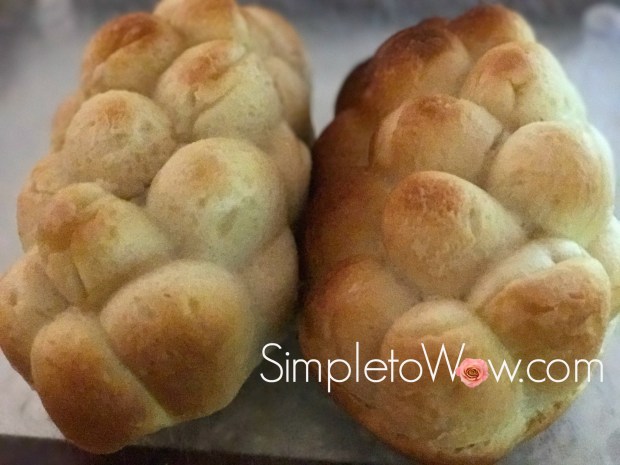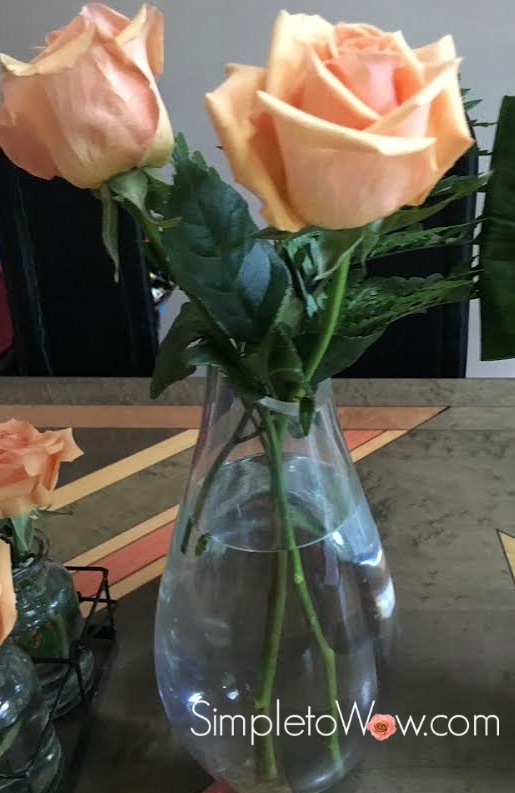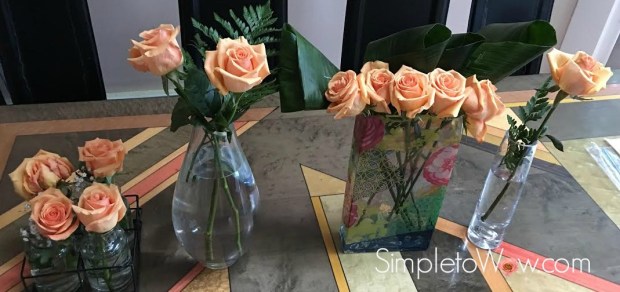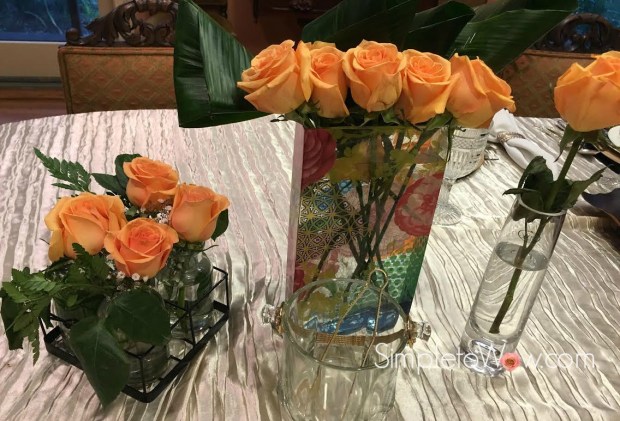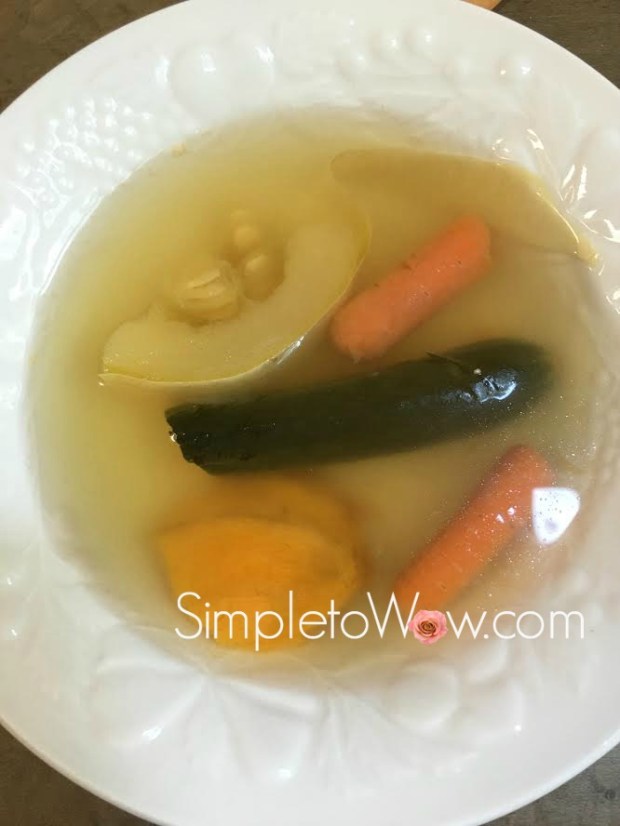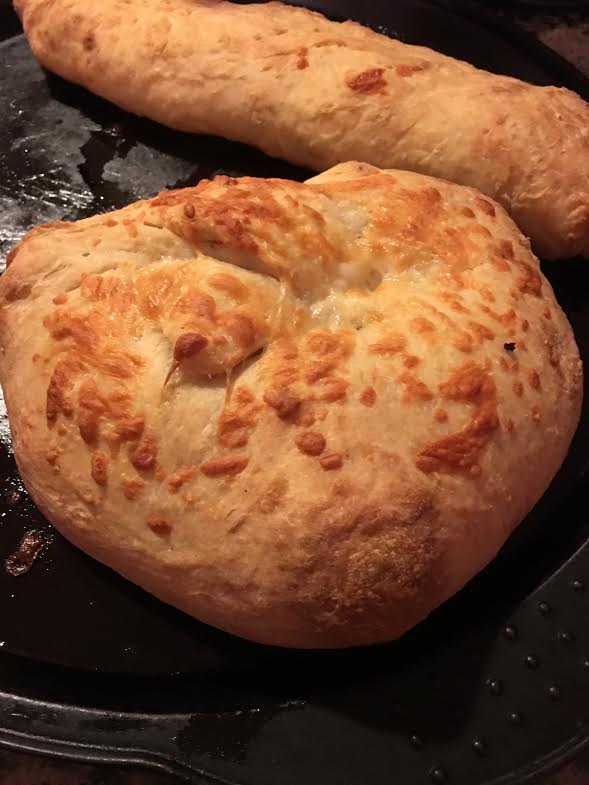
There are events that just make you stop and take note. This past Shabbos, our family was part of one of those life events.
My best friend, Lori, welcomed her first grandchild into this world on Shabbos, Parshas (Torah portion) Shelach. Since the baby was born on Shabbos, the Shalom Zachor (festive gathering on first Friday night after birth of baby boy) and Bris (circumcision) were held back-to-back this past Shabbos, Parshas Korach. To complicate matters, our shul’s social hall was already booked for a Bar Mitzvah, so Lori opted to host both events at her home.
I so wanted to help Lori pull this together because Lori is like the sister that I never had. I called her daily asking for an assignment, but Lori assured me that the whole family was pulling together to prepare for these exciting and daunting celebrations. So, I took matters into my own hands. Actually, I took matters into the capable hands of my youngest daughter, Davida. And, of course, I wasn’t disappointed.
Davida carved a watermelon into this baby stroller complete with a nectarine baby sipping his bottle. It was not too complicated to prepare and it really created a wow at the celebration.
Thank you, Davida!
Mazel tov, Lori!
SUPPLIES
1″ baby bottle
Mini-skewers or heavy toothpicks
Permanent marker
melon baller
paring knives
INGREDIENTS
one oval-shaped watermelon
honeydew or cantaloupe
peach or nectarine
4 oranges or clementines
DIRECTIONS
Using a heavy knife, cut watermelon in half to create base of stroller.
Using a melon baller, scoop out the two halves of the watermelon and other melon(s) and place in a large bowl. Using melon baller and paring knives, clean out the cavity of the two watermelon halves so that cavities are smooth.
Reserve the larger watermelon half for the stroller cavity.
Using a heavy knife, cut the other half of the watermelon in two to create the stroller hood. Cut v-shaped notches to create a decorative edge on the larger half. On the smaller half, cut a small band to use as the stroller handle. Discard the rest of the watermelon.
Carefully secure the hood to the stroller cavity using Mini-skewers or heavy toothpicks inserted into the middle of the rind of each section. If skewers are too large, trim so that they are the right length to secure the watermelon sections together. Secure the stroller handle to the front of the stroller cavity in the same way.
Carefully secure citrus “wheels” to stroller using Mini-skewers or heavy toothpicks.
Draw eyelashes on the nectarine or peach and carefully push the baby bottle into the “mouth”.
Refill the watermelon with the melon balls, leaving a small space for the nectarine baby. Place the baby into the melon carriage.

